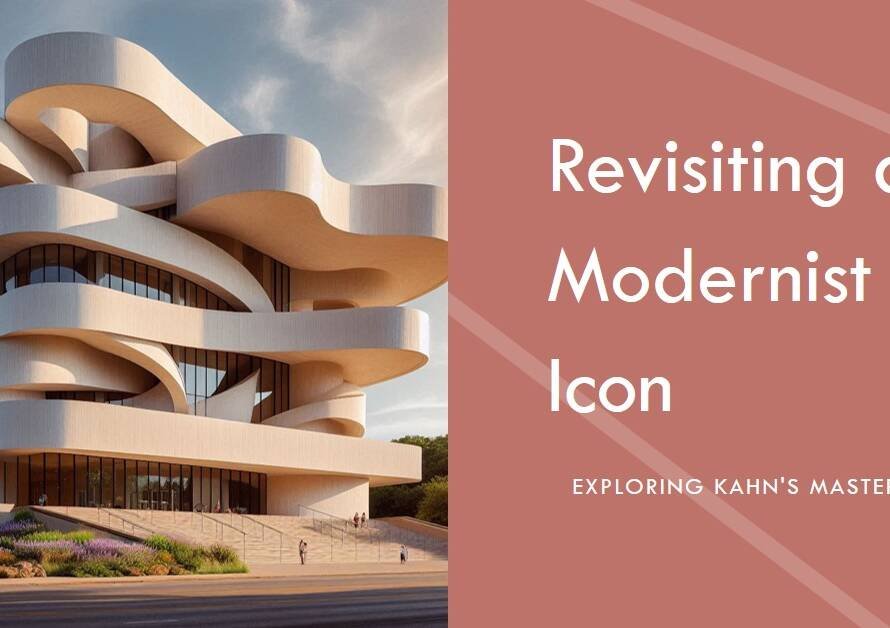
Table of Contents
Introduction
In the realm of construction and urban development, architectural design stands as the cornerstone, melding artistry with functionality to create structures that shape the world around us. From towering skyscrapers to quaint residential homes, every edifice bears the imprint of architectural design. This discipline seamlessly integrates aesthetics, engineering principles, and societal needs to craft spaces that inspire, innovate, and endure. In this comprehensive guide, we delve into the intricacies of architectural design, exploring its elements, principles, and significance in shaping the built environment.
Understanding Architectural Design
Architectural design encompasses the art and science of conceiving, planning, and constructing buildings and other physical structures. It involves a meticulous process of translating conceptual ideas into tangible forms, considering various factors such as spatial functionality, environmental sustainability, cultural context, and user experience. Architects, the visionaries behind architectural design, navigate a multifaceted terrain, balancing artistic expression with practical considerations to deliver structures that not only captivate the eye but also enrich human experiences.
Fundamental Elements of Architectural Design
At the core of architectural design lie fundamental elements that serve as building blocks for creating meaningful spaces. These elements include form, space, light, texture, and color. Form dictates the overall shape and structure of a building, whether it be sleek and modern or ornate and classical. Space delineates the boundaries within which human activities unfold, emphasizing the interplay between interior and exterior realms. Light, both natural and artificial, illuminates architectural compositions, accentuating textures, and defining spatial qualities. Texture adds depth and tactile richness to surfaces, evoking sensory experiences. Color, with its expressive palette, imbues spaces with mood, symbolism, and character, fostering emotional connections with inhabitants.


Principles Guiding Architectural Design
Guided by a set of principles, architectural design transcends mere construction to achieve harmony, coherence, and integrity in built environments. Unity ensures that all elements of a structure work together cohesively, creating a sense of wholeness and cohesion. Proportion governs the relationship between different parts of a building, maintaining visual balance and aesthetic appeal. Balance distributes visual weight evenly across a composition, whether symmetrical or asymmetrical, fostering visual stability. Rhythm establishes a sense of pattern and movement, guiding the eye through architectural spaces. Emphasis highlights focal points within a structure, drawing attention and imbuing significance. Scale relates the size of architectural elements to human proportions, ensuring comfort and usability.
The Role of Functionality in Architectural Design
Beyond aesthetics, architectural design serves pragmatic functions, addressing the diverse needs and activities of inhabitants. Functionality dictates the layout, organization, and utilization of spaces, optimizing efficiency and convenience. Whether designing residential dwellings, commercial complexes, or institutional facilities, architects must prioritize usability, accessibility, and ergonomics. Thoughtful consideration of spatial requirements, circulation patterns, and utility systems ensures that architectural designs serve their intended purposes effectively, enhancing the quality of life for occupants.
Integration of Sustainability in Architectural Design
In an era marked by environmental concerns and resource depletion, sustainability has emerged as a critical consideration in architectural design. Sustainable design practices aim to minimize the ecological footprint of buildings, reducing energy consumption, waste generation, and carbon emissions. Architects employ strategies such as passive solar design, green building materials, energy-efficient systems, and water conservation measures to create environmentally responsible structures. By embracing sustainability principles, architectural design not only mitigates environmental impacts but also promotes resilience, health, and well-being in communities.
The Influence of Cultural Context on Architectural Design
Architecture is inherently linked to cultural identity, reflecting the values, traditions, and aspirations of societies across time and space. Cultural context exerts a profound influence on architectural design, shaping building forms, motifs, materials, and ornamentation. From the grandeur of ancient civilizations to the vernacular charm of rural villages, architectural expressions vary widely, embodying local customs, beliefs, and lifestyles. Architects must navigate cultural sensitivities and heritage preservation concerns when designing within diverse contexts, fostering cultural continuity while embracing innovation.
Technological Innovations in Architectural Design
Advancements in technology have revolutionized the practice of architectural design, offering architects new tools and techniques to envision, simulate, and realize their creative visions. Computer-aided design (CAD) software enables precise drafting, modeling, and visualization of architectural concepts, streamlining the design process and facilitating collaboration. Building Information Modeling (BIM) integrates multiple dimensions of design data, from geometry to cost estimation, enhancing project coordination and efficiency. Additionally, digital fabrication technologies such as 3D printing and robotic construction enable novel approaches to building construction, pushing the boundaries of architectural innovation.
Conclusion
In conclusion, architectural design stands as a testament to human ingenuity, creativity, and aspiration, shaping the physical and cultural landscapes of our world. Through a synthesis of artistry, functionality, and sustainability, architects craft spaces that not only shelter but also inspire, delight, and endure. By understanding the elements, principles, and contextual nuances of architectural design, we gain insight into its transformative power to enrich lives, foster community, and redefine the built environment for generations to come. As we continue to confront global challenges and embrace technological innovations, the pursuit of architectural excellence remains a timeless endeavor, driving us to imagine, innovate, and build a better future.


